Key Takeaways
- You can customize encounters with creature traits to hint at future plots.
- The Warrior’s Wrath trait gives advantage against bloodied enemies.
- Use traits like Disintegration and Light to add storytelling elements and roleplay opportunities
Encounters in Dungeons & Dragons can be customized in a lot of ways; from the terrain where the combat happens to the harsh climate that might be unfolding. One of the ways shown in the 2024 Dungeon Master’s Guide to modify creatures in encounters is creature traits, giving monsters all kinds of different abilities.
These traits range from barely noticeable to game-changing, often making players wonder why a creature they know so well is acting so oddly. This is best used to hint at a future plot, where the characters might need to look into why the goblins are emitting light or the gnolls disintegrate when slain.
7
Warrior’s Wrath
A Dangerous Hunter
This trait makes the creature gain advantage on melee attack rolls against any bloodied enemy, making it perfect for wild creatures that hunt for blood like sharks or panthers. Of course, this might not be relevant if your players destroy the creatures before getting bloodied, so be sure to add the trait to long-winded encounters.
Beyond just telling them about the mechanic, you should roleplay the ability, so the players understand what is going on. Once a character goes down to half health, have the creature with this trait react by smelling the blood and roaring, for example, with its eyes focused on its prey.
6
Disintegration
Leave Nothing Behind
This trait makes the creature and its possessions turn to dust when it dies, making it a great storytelling device for a great number of reasons. If an assassin kills the king just as the party arrives, when they slay the assassin, and it turns to dust, the party becomes the only suspects in the regicide.
Some creatures can just turn to dust because it fits, like fiends or vampires, making this trait highly thematic. Since magic items aren’t turned to dust by this trait, you can also ensure that the players loot the thing you want them to have, instead of collecting useless swords from everything they kill.
5
Light
A Different Kind Of Light Source
Light is a harmless trait that, at first glance, isn’t doing much. It makes the creature with the trait might bright light in a ten-foot radius, being able to suppress the light with a bonus action, and should the creature die, the light flickers and dies with it.
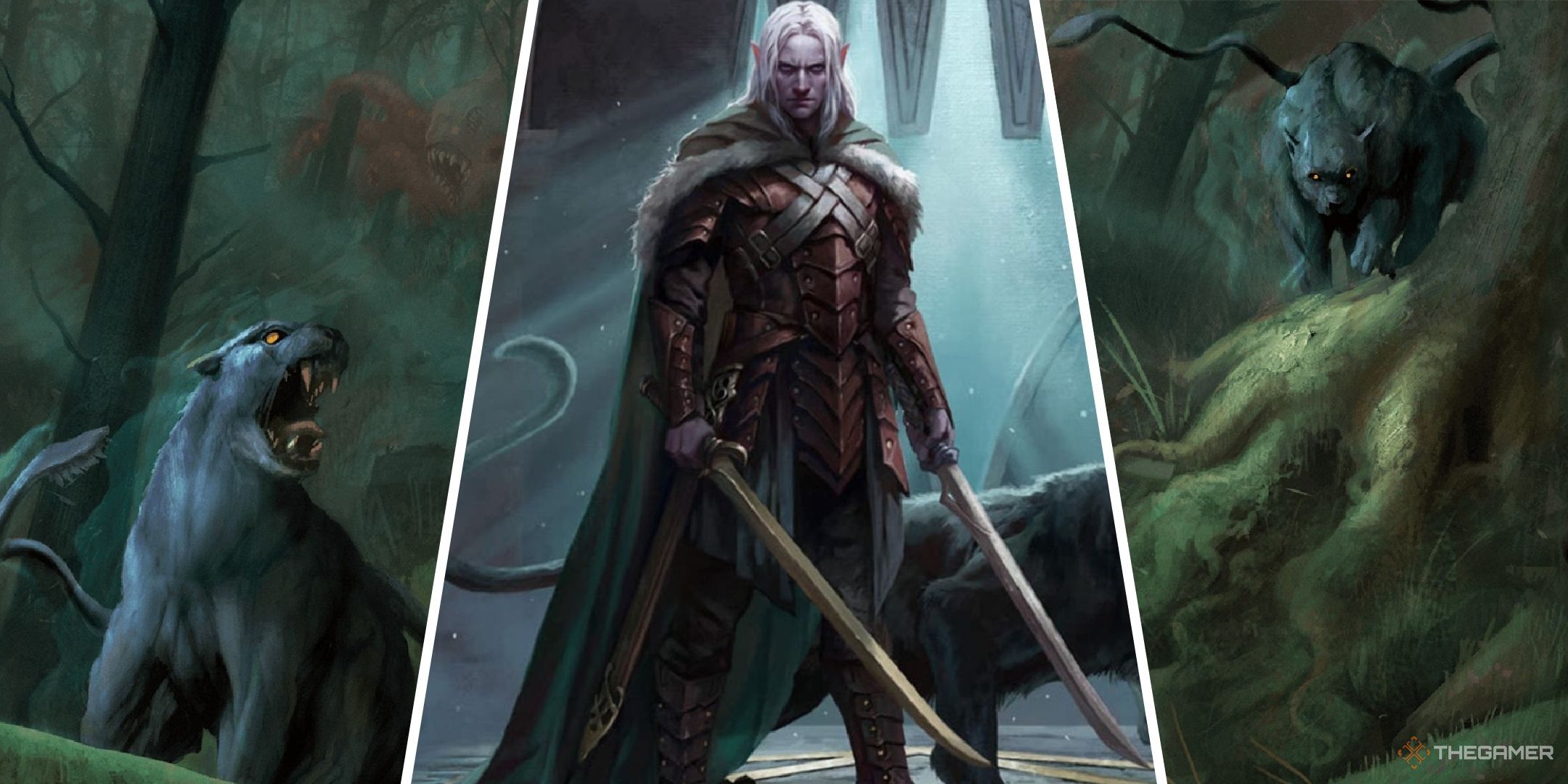
Related
There is a lot of roleplay potential with this trait, as players try to figure out why all these creatures are shining so bright. It can also be mechanically interesting, since you can give this trait to a beast of burden, making the players have to protect not only the mule carrying their items, but also their only source of light.
4
Siege Monster
Bring The House Down
The siege monster trait can help you convey how terrifying a given monster is without making it stronger in any way. Any sort of giant with this trait can hunt the players through their bastion, easily destroying any houses they hide inside and forcing open field combat.
It’s best to give this trait to creatures that deal mostly bludgeoning damage, since it’s far easier to roleplay a wall suffering more from a hit than an adventurer. However, you can always roleplay around it, like describing how the dragon’s fire melts the roof away.
3
Gloom Shroud
Area Of Sadness
Gloom shroud makes a creature emanate energy channeled from the Shadowfell, making everyone around it have disadvantage on any Charisma checks and saving throws. Since the effect is described as imperceptible, characters wouldn’t know what is causing this eerie feeling at first, making it perfect for a mystery adventure.
You could have the players hunting a vampire in town, with very few leads as to where to find it, only to feel a strange unease when standing next to a certain NPC. Following that character could lead them to find the vampire, its thrall, or maybe just a victim suffering from the after effects of being prayed upon by an undead.
2
Mimicry
Don’t Trust What You Hear
Mimicry is often used by kenku to communicate, replicating things they have heard on their travels to make themselves heard. When used on other creatures, you can use this mimicry to lure unsuspecting heroes, having a monstrocity lure them in with the cries of a damsel in distress.
The check to tell that the sounds are imitations is a DC 14 Insight check, but you can make it a harder or easier check depending on the party’s level. If you want to trick them, it is best to use the voice of someone lost rather than a cry for help; the latter would already put them on edge, while a soft query for assistance can easily be their undoing.
1
Slaad Host
Chest Bursting Time
If you want to surprise your players, the best moment to do so is after a battle. Everyone expects a period of safety after a fight, which is the ideal moment for the slaad host trait to take effect: when the creature with the trait dies, a slaad tadpole bursts from its innards and attacks the players.
This is a fantastic way to shift the campaign towards a new direction, making the players go from a simple goblin slaying to a plot about slaad invasion. There are traits for devils (disciple of the Nine Hells) and demons (emissary of Juiblex) as well, and using them as inspiration, you can make all sorts of possessed enemies that hint at larger plots for your adventures.

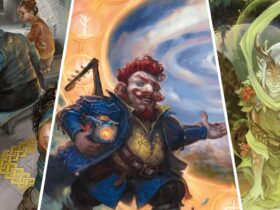
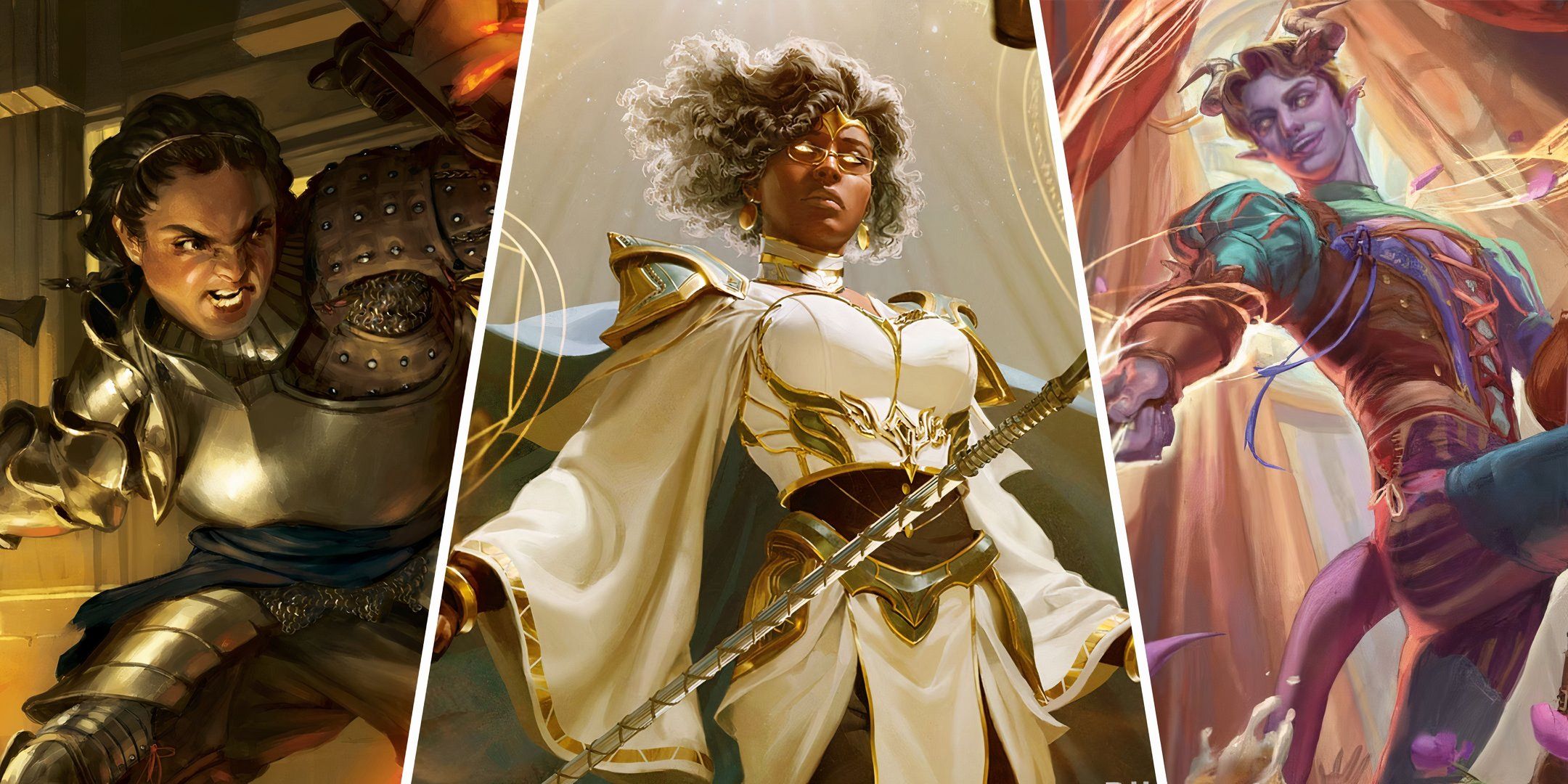
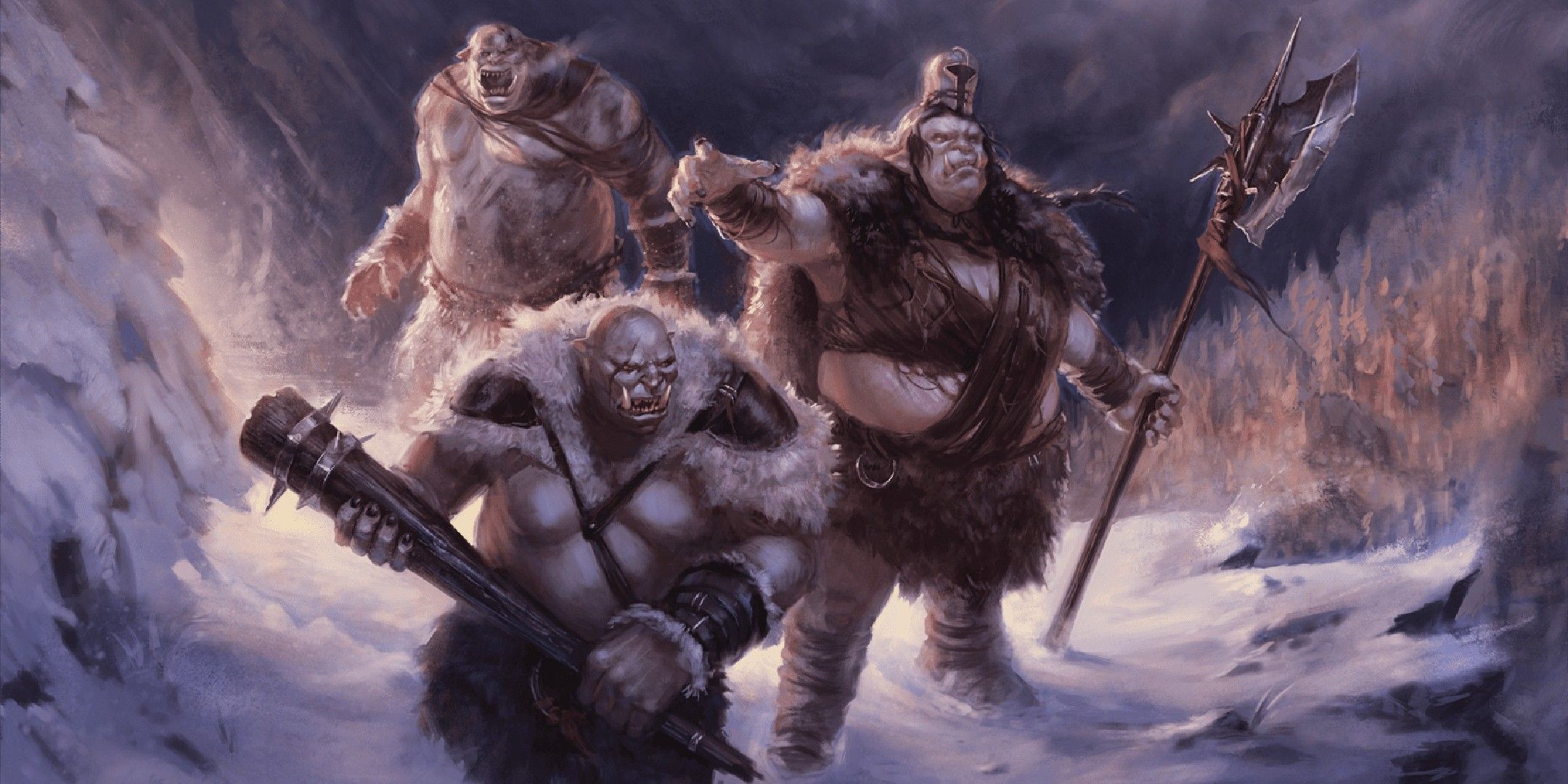
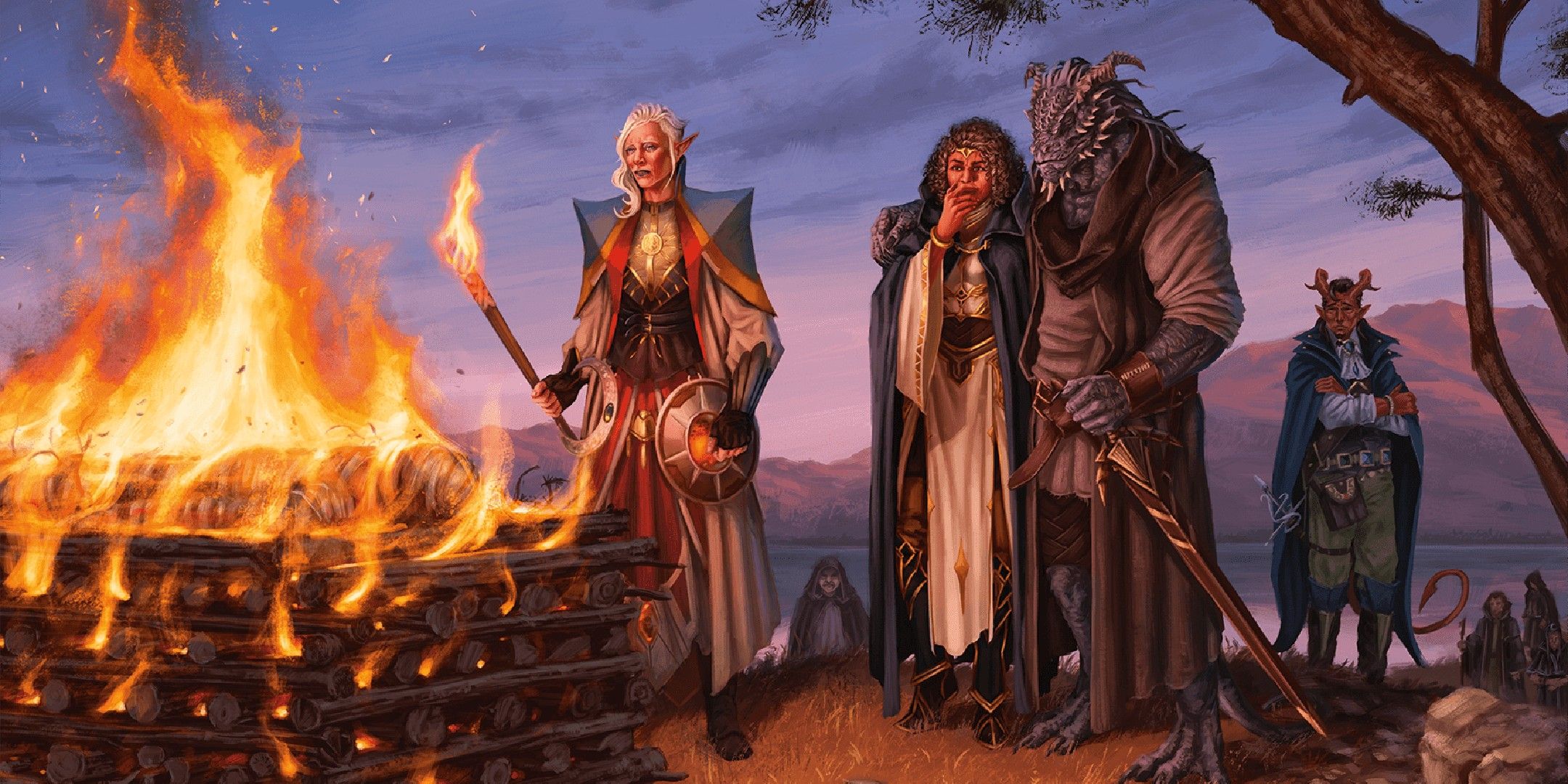
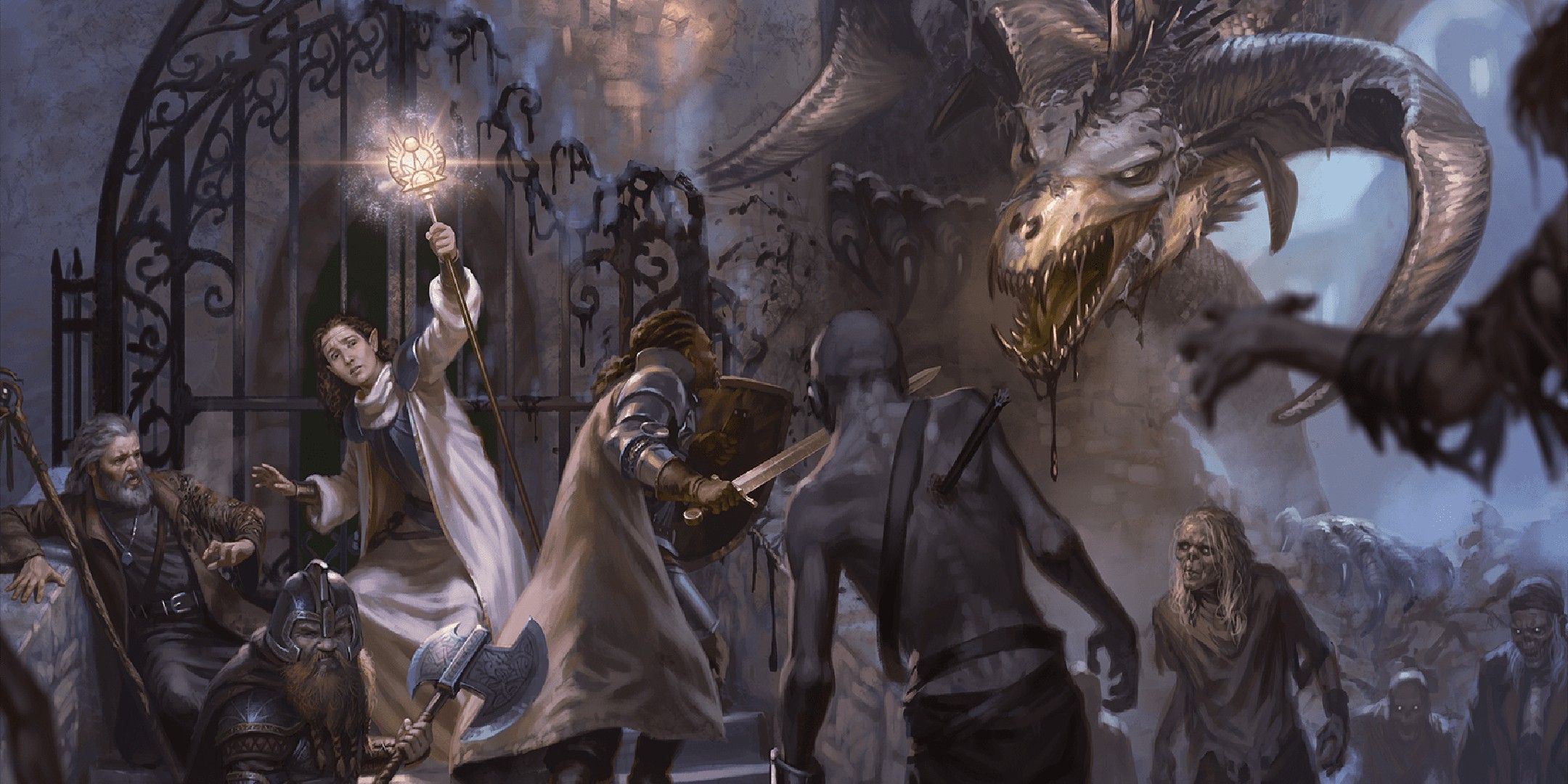
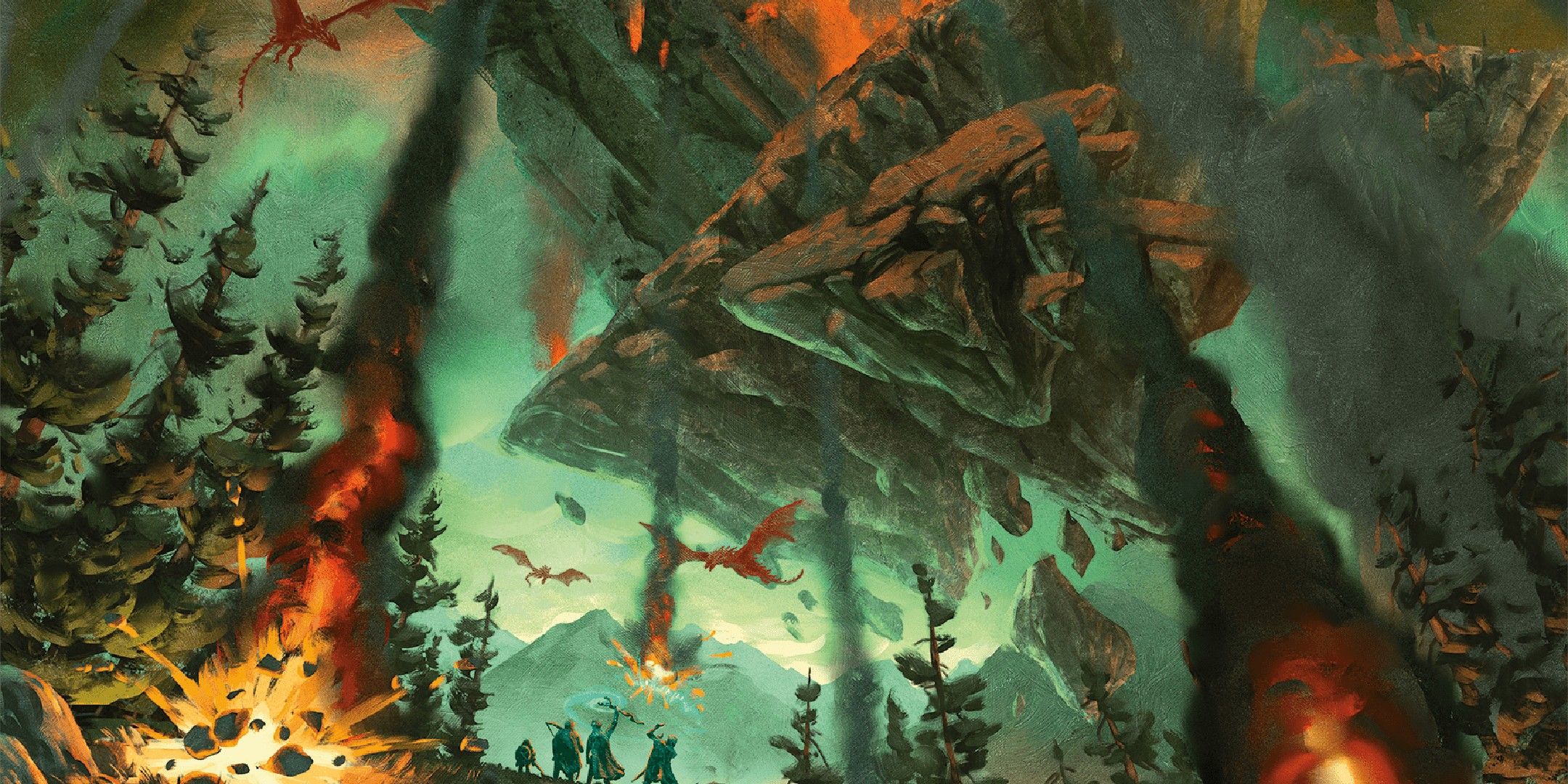
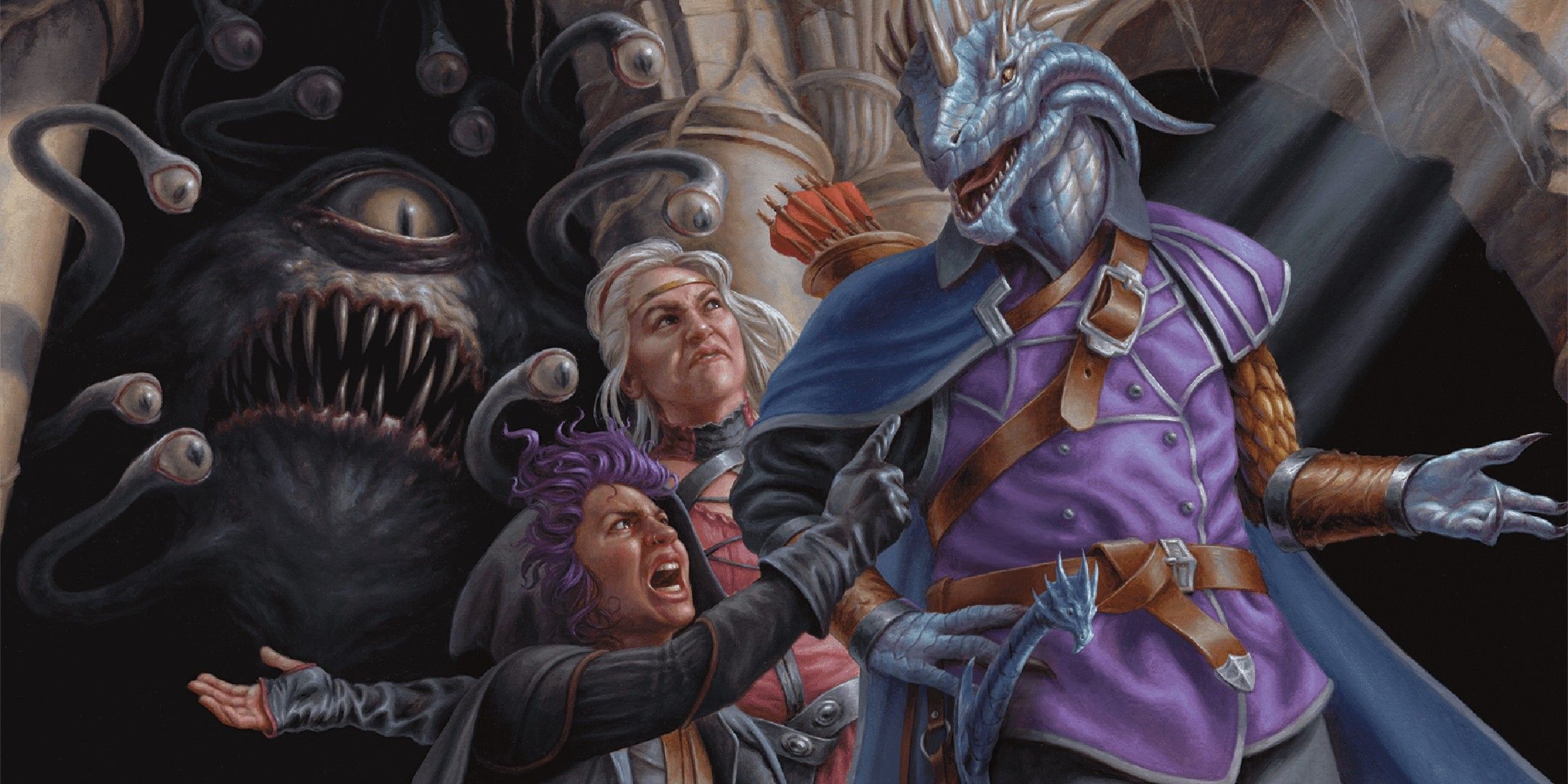
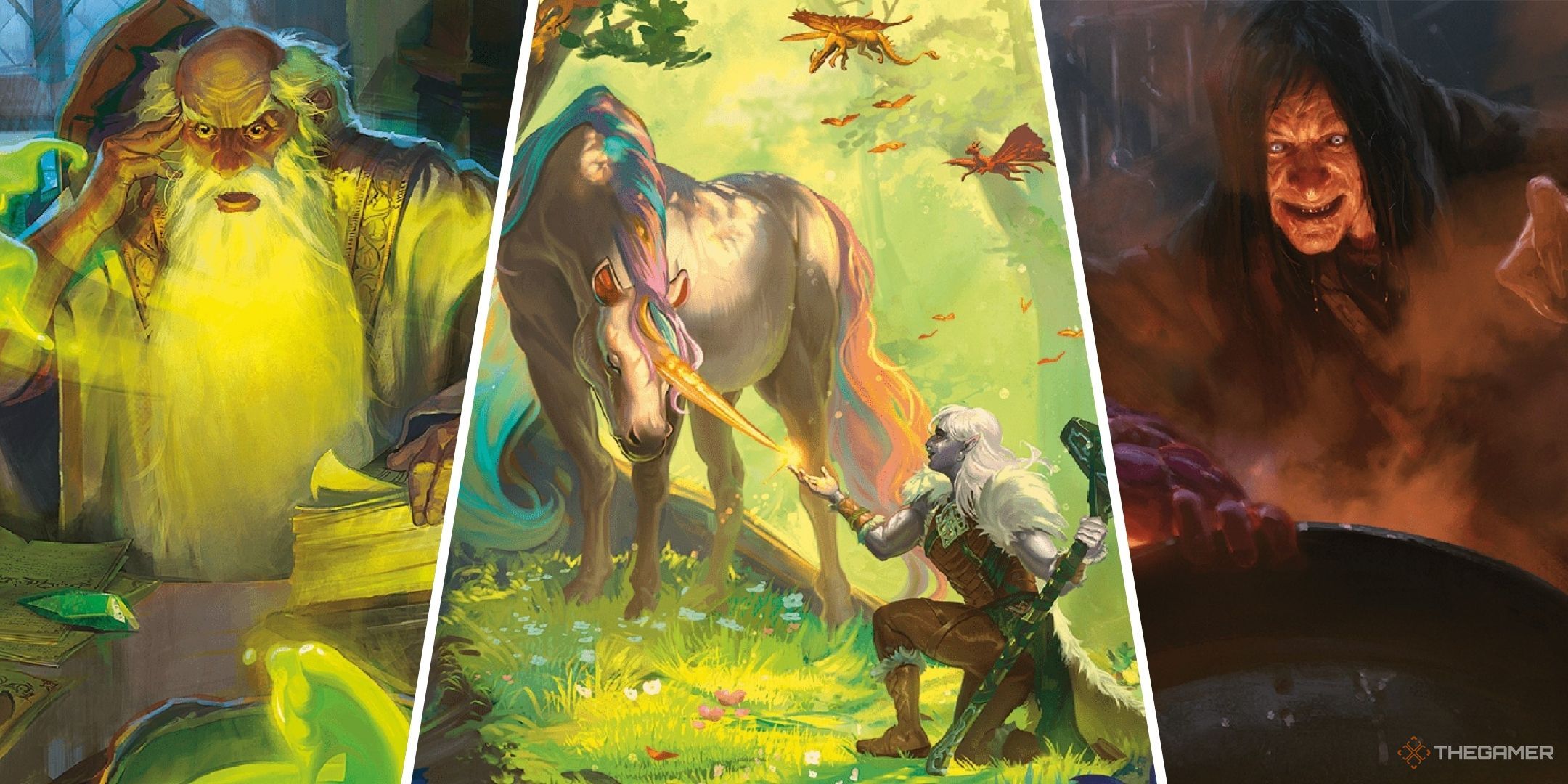
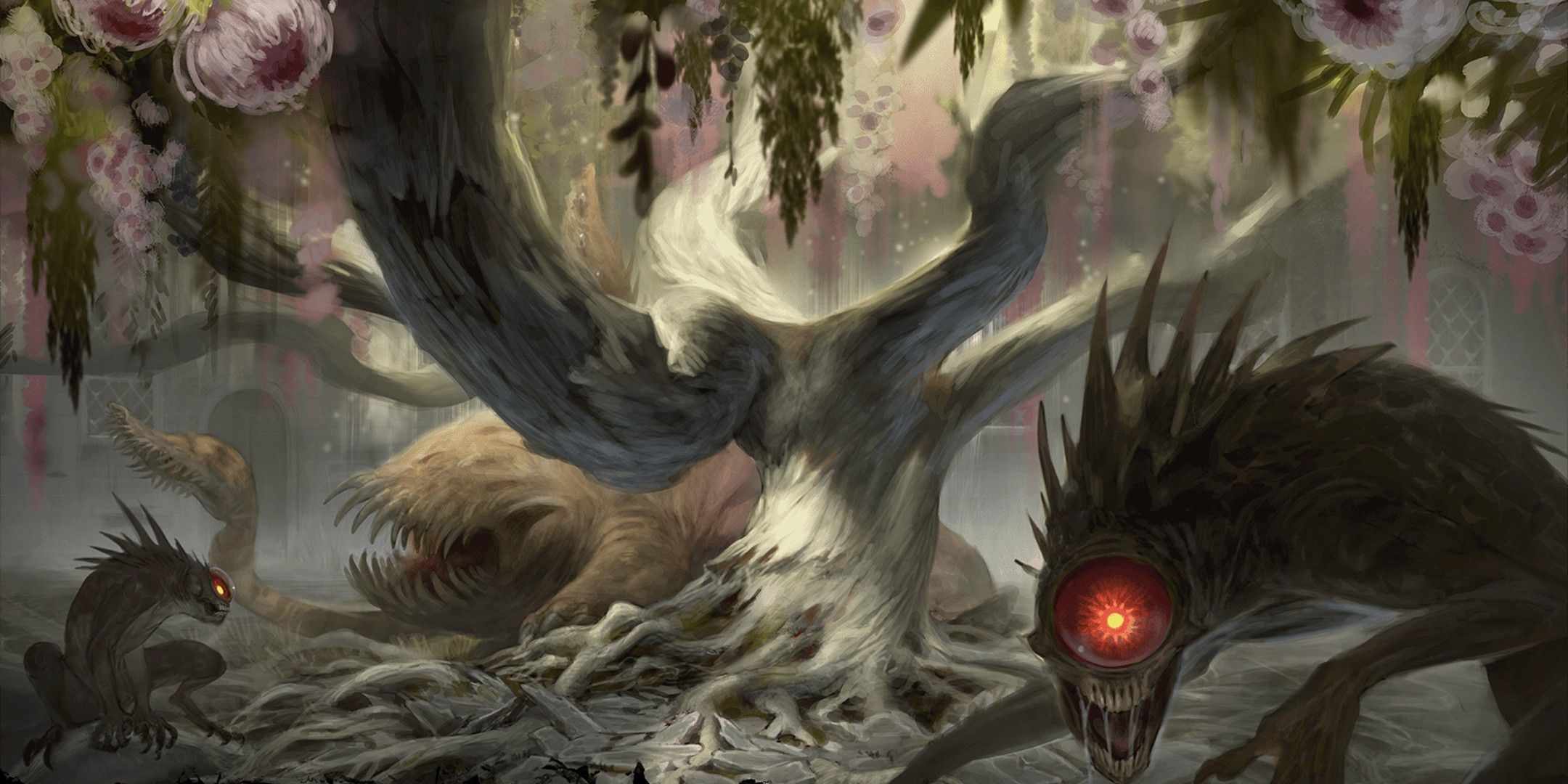
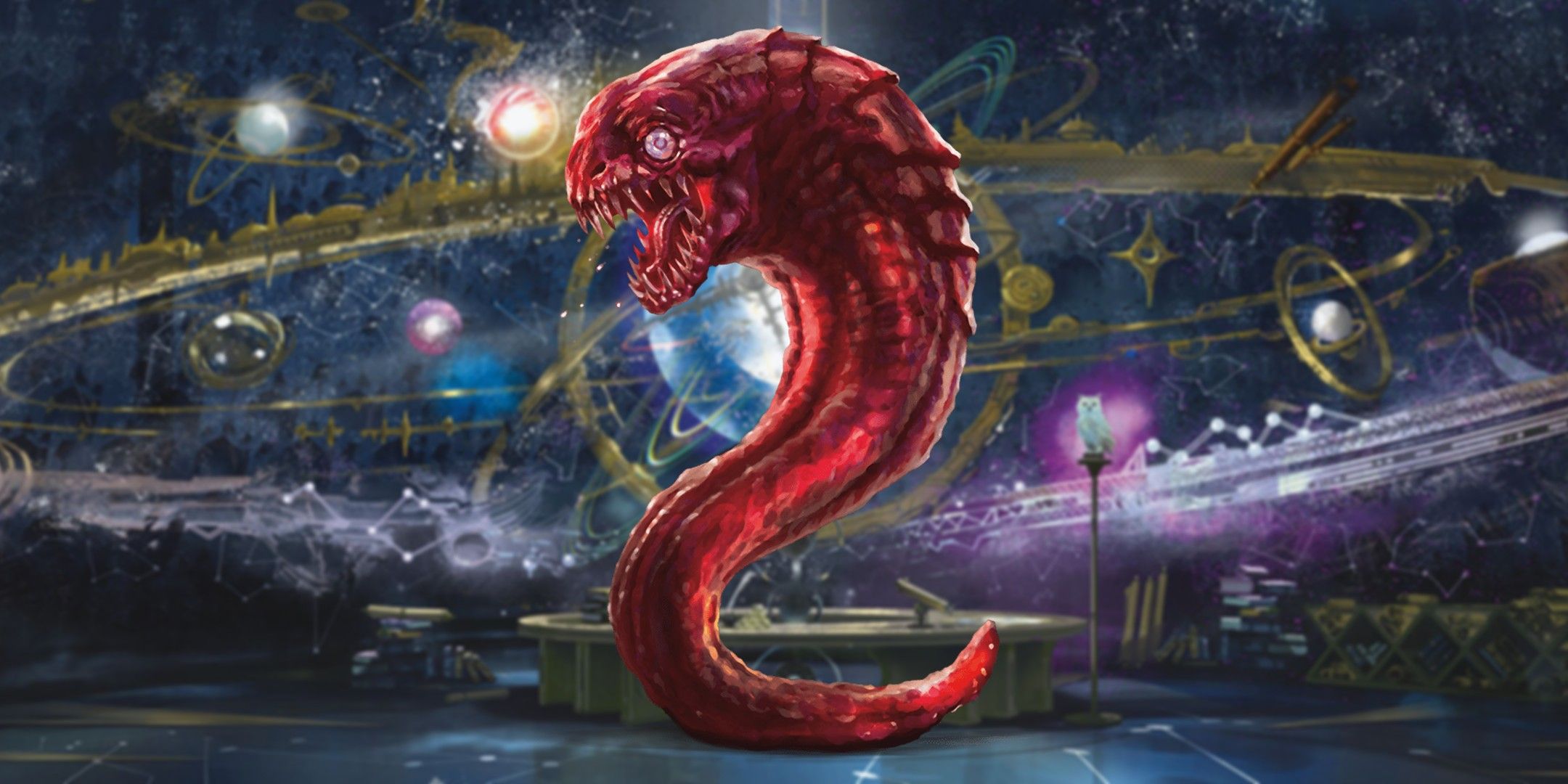





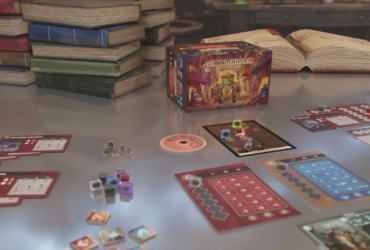
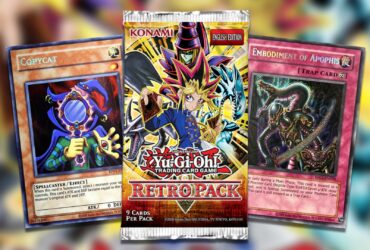

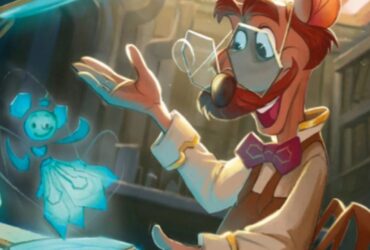
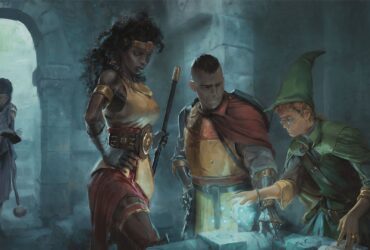
Leave a Reply